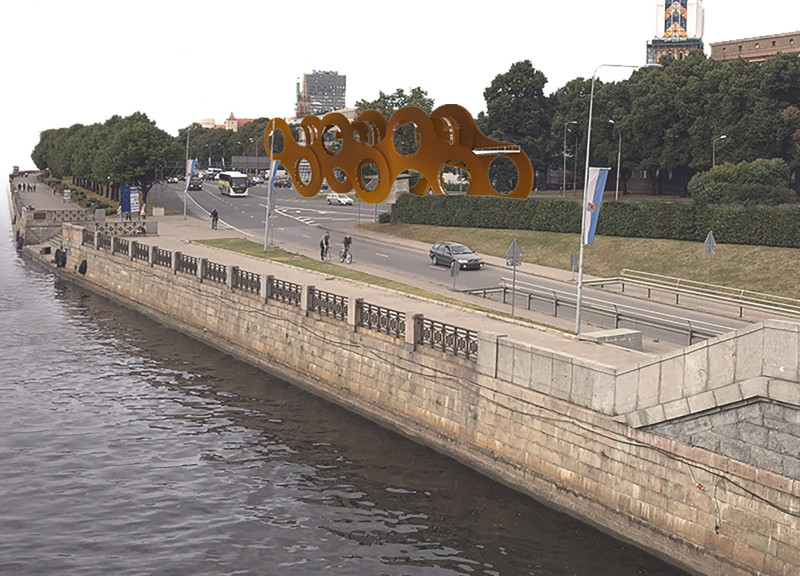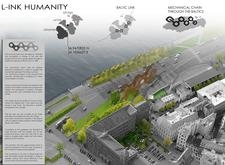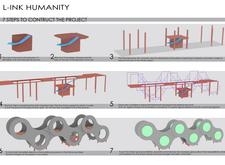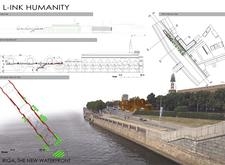5 key facts about this project
The project showcases an innovative approach to space utilization, ensuring that every square meter is optimized for comfort and practicality. The floor plan is well-considered, with open-concept living areas that promote interaction and a sense of togetherness. The integration of natural light is a notable aspect of the design, with large windows and strategically placed skylights illuminating key spaces throughout the day. This connection to the outdoors enhances the living experience, bridging the gap between the built environment and nature.
Materiality plays a crucial role in the project's development. A careful selection of materials creates not only a visually appealing facade but also ensures durability and sustainability. Natural materials such as wood, stone, and glass are predominant, imparting warmth and texture while reducing the environmental footprint of construction. The wooden elements, likely sourced locally, add an organic feel to the architecture, creating a harmonious relationship with the landscape. Stone accents enhance the stability of the design, offering a contemporary yet timeless quality, while extensive use of glass reflects the surrounding environment, allowing the building to blend seamlessly with its context.
The roof design is particularly noteworthy, characterized by its modern geometry that serves both functional and aesthetic purposes. The overhangs are designed to provide shade during the warmer months while allowing sunlight to penetrate during colder periods, illustrating a sensitivity to seasonal changes and user comfort. This thoughtful consideration of climatic factors demonstrates an understanding of passive design principles that enhance energy efficiency.
Another key aspect of the project is its sustainability features. Rainwater harvesting systems, solar panels, and energy-efficient appliances are integrated into the design, representing a commitment to reducing the building’s ecological impact. These elements not only serve the immediate needs of the residents but also contribute to broader environmental goals, showcasing architecture’s potential to address pressing global challenges.
Unique design approaches are evident in the integration of green spaces within the project. Terraces, balconies, and communal gardens are interwoven into the architectural framework, creating opportunities for outdoor living and social interaction. This integration of greenery enhances aesthetic values while also promoting mental well-being and biodiversity in an urban setting. It underscores a growing trend in architecture where urban sites are transformed into contemplative retreats rather than mere living spaces.
The choice of color palette in the facade design is subtle yet effective. Earthy tones resonate with the natural surroundings, promoting a sense of calm and stability while avoiding visual disruption in the urban fabric. This cohesive approach to color and texture supports a narrative of continuity and place, reinforcing the building’s role within its neighborhood.
Throughout this architectural project, emphasis has been placed on accessibility, ensuring that all residents can navigate the space comfortably and efficiently. Ramps, wide doorways, and thoughtfully designed common areas showcase an inclusive design philosophy that is often overlooked in residential architecture. This careful consideration of user experience enhances the functionality of the space, allowing it to cater to a diverse population.
For those interested in delving deeper into this project, exploring the architectural plans, sections, and various design ideas will provide rich insights into the thought processes and intentions that shaped this remarkable undertaking. Through these detailed documents, one can appreciate the intricate interplay of form, function, and environment that defines this architectural endeavor. The project embodies a holistic approach to design, where each element is meticulously crafted to foster a sense of home, community, and sustainability, encouraging further exploration and understanding of its many facets.


























